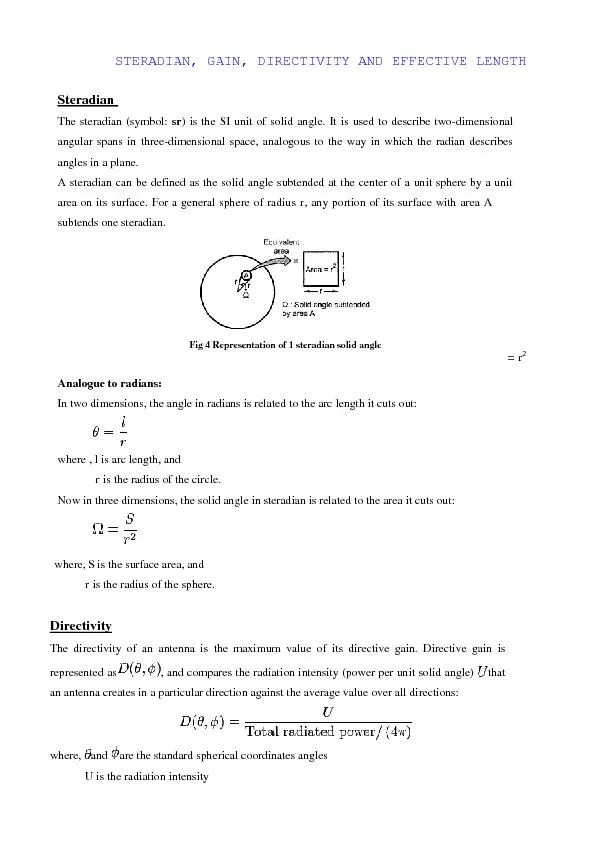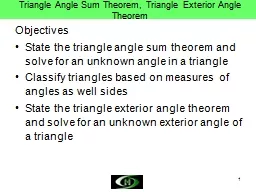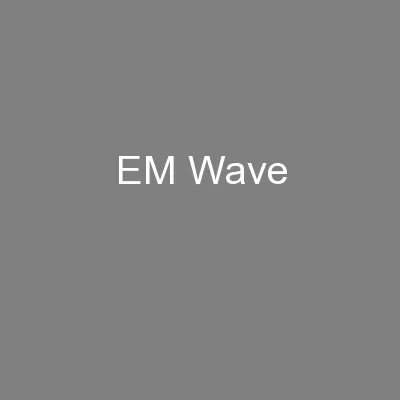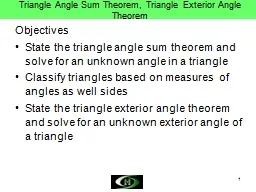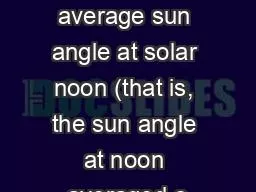PDF-The steradian (symbol: sr) is the SI unit of solid angle. It is used t
Author : debby-jeon | Published Date : 2016-08-07
Steradian Fig 4 Representation of 1 steradian solid angle Analogue to radians In two dimensions the angle in radians is related to the arc length it cuts out where
Presentation Embed Code
Download Presentation
Download Presentation The PPT/PDF document "The steradian (symbol: sr) is the SI uni..." is the property of its rightful owner. Permission is granted to download and print the materials on this website for personal, non-commercial use only, and to display it on your personal computer provided you do not modify the materials and that you retain all copyright notices contained in the materials. By downloading content from our website, you accept the terms of this agreement.
The steradian (symbol: sr) is the SI unit of solid angle. It is used t: Transcript
Download Rules Of Document
"The steradian (symbol: sr) is the SI unit of solid angle. It is used t"The content belongs to its owner. You may download and print it for personal use, without modification, and keep all copyright notices. By downloading, you agree to these terms.
Related Documents

